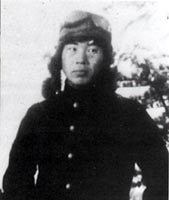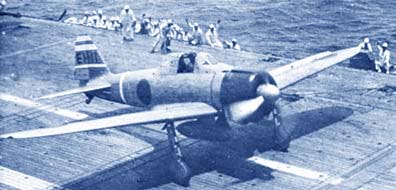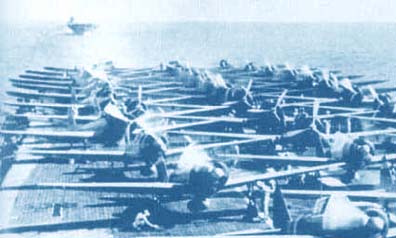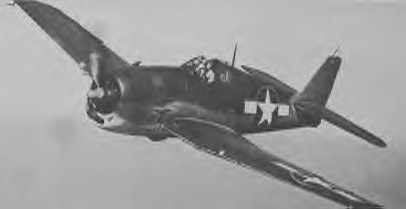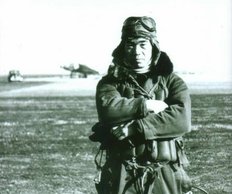 |
Saburo Sakai was born on the 25th of August, 1916, in Saga, Japan, into a family of Samuria ancestry, but who made a living as farmers. Sakai, the third born of four sons, had three sisters. Saburo was 11 when his father died, leaving Saburo's mother alone to raise seven children. Sakai apparently didn't excel in his academic studies. On the 31st of May 1933 at the age of 16, Sakai enlisted in the Japanese Navy. Sakai then served as a turret gunner aboard the battleship Kirishima until 1936, when he applied and was accepted into a pilot training school. He graduated first in his Naval Class at Tsuchiurain in 1937, earning a silver watch presented to him by Emperor Hirohito himself. Sakai graduated as a carrier pilot, although he was never actually assigned to aircraft carrier duty. He first took part in aerial combat, flying the Mitsubishi A5m in the beginning of the Second Sino Japanese War in 1938 -39 and was wounded. As a third-class petty officer, Sakai shot down a Russian built DB-3 bomber in October 1939. |
